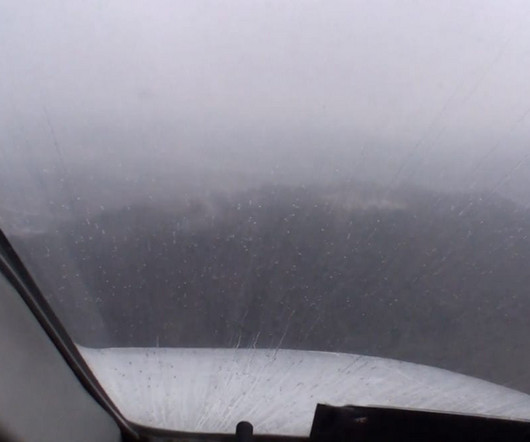NTSB Releases Preliminary Report on San Diego Crash
Flying Magazine
JUNE 20, 2025
The controller cleared the pilot for the approach, and when the airplane was about 10 miles northeast of the NESTY, an initial approach fix (IAF), the controller asked the pilot if he was going to “make your descent” and asked if he would like vectors to the south. The pilot answered, “I think we’ll be alright.”











Let's personalize your content